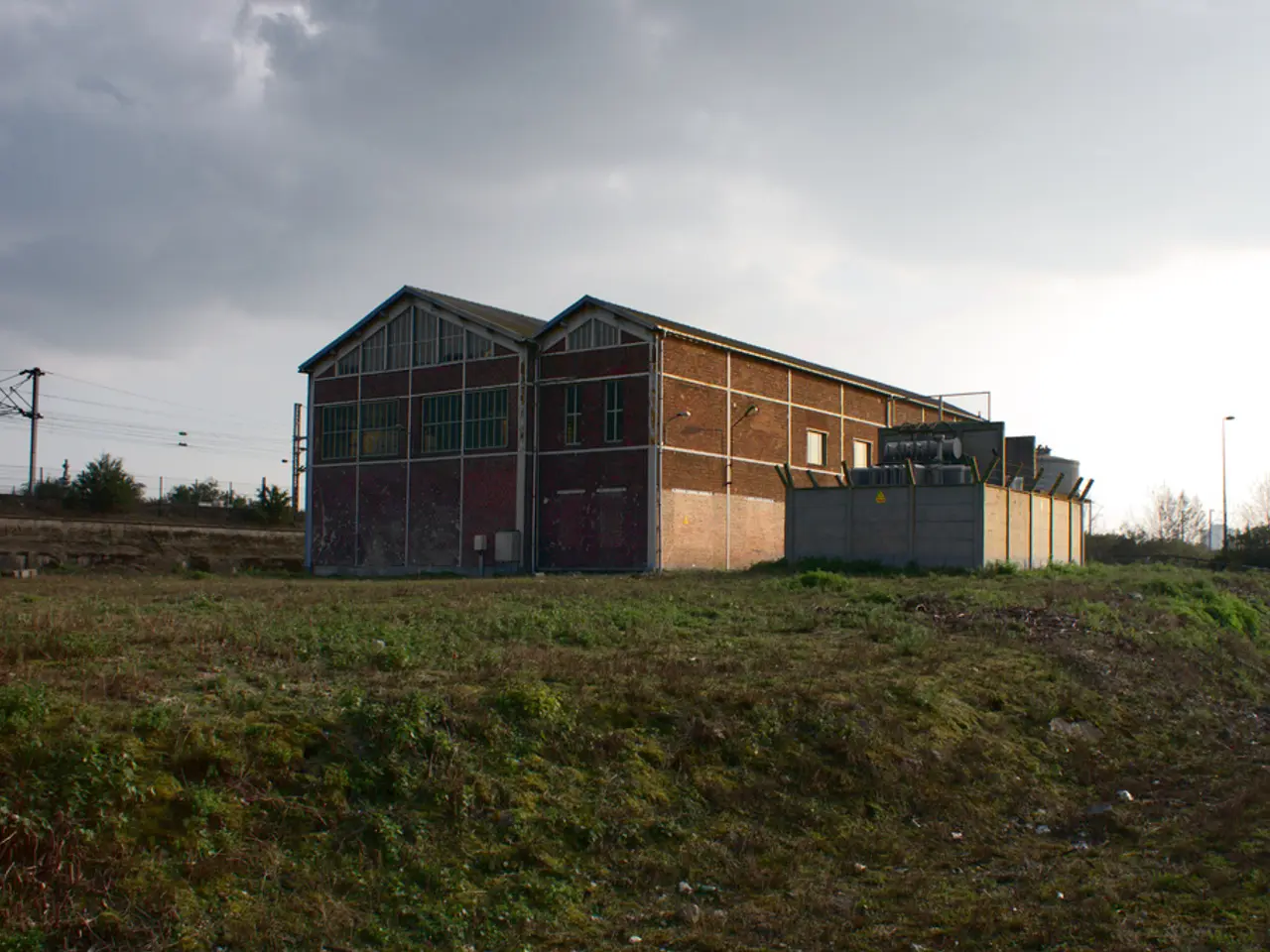Predicted Electricity Company Growth and Planned Reduction of Bills by PG&E in 2027
PG&E, the California-based utility company, is embarking on a significant data center expansion, with a pipeline of 10 gigawatts (GW) of new data center electricity demand projects planned over the next decade. This represents a substantial increase from the 5.5 GW in February 2021 and 8.7 GW in May 2025[1][2].
The expansion includes more than 50 different data center developments, ranging from smaller facilities to larger ones like a 90-megawatt center planned with Microsoft in San Jose, expected to be operational by January 2027[3][4]. PG&E's future plans involve accelerating grid connections, upgrading infrastructure for transmission-level service, especially around San Jose, and continuing to attract diverse data center customers throughout its 70,000 square mile service area[1][3].
These projects are seen as crucial for supporting technologies like generative AI and powering California's digital economy[3]. PG&E and local leaders believe these projects will bring notable benefits, including job creation, billions of dollars in local revenues via property and sales taxes, and increased economic activity in the state[1][4][5].
One of the most significant potential impacts on customer rates is the projected reduction in electric bills. PG&E projects that the 10 GW data center load growth could lower electric bills by 1% to 2% as early as 2027 due to the beneficial load and increased efficiency[2][4].
Regarding wildfire mitigation, while the data center projects do not appear to be directly linked to wildfire mitigation efforts, PG&E continues to invest in improvements to its physical layers of protection and wildfire safety alongside these developments[4].
PG&E's CEO, Poppe, has expressed opposition to provisions in the affordability bill that would require investors, rather than ratepayers, to pay for interconnection and wildfire mitigation costs[6]. The affordability bill includes proposals to use tax dollars to pay for programs to help low-income ratepayers and to create a state-run fund that issues loans for transmission projects[7].
PG&E has identified strategies to continue its $63 billion, five-year capital plan without issuing additional equity, regardless of the outcome of proposals before California lawmakers[8]. PG&E Corp's executive vice president and CFO, Carolyn Burke, has announced that PG&E will file a new 10-year undergrounding plan by the end of the year[9]. The average customer currently pays $1 per month for undergrounding power lines[10].
In summary, PG&E's data center growth presents a promising opportunity for California to boost its economy, lower rates, and support emerging technologies, while maintaining commitments to safety and reliability[1][2][3][4][5]. The company finds itself in a "Goldilocks" zone of growth, on track for enough steady growth that customers should benefit within the next few years.
The data center expansion by PG&E, a California-based utility company, encompasses various projects in the energy sector, which are financed through a significant pipeline of business ventures. These ventures, totaling 10 gigawatts of new data center electricity demand projects, are projected to bolster the state's digital economy and support technologies like generative AI.
The completion of these projects is anticipated to yield substantial economic benefits, including job creation, increased local revenues, and enhanced economic activity within the state. PG&E's strategic investments in grid connections and infrastructure upgrades are crucial to attracting diverse data center customers across its vast service area.




